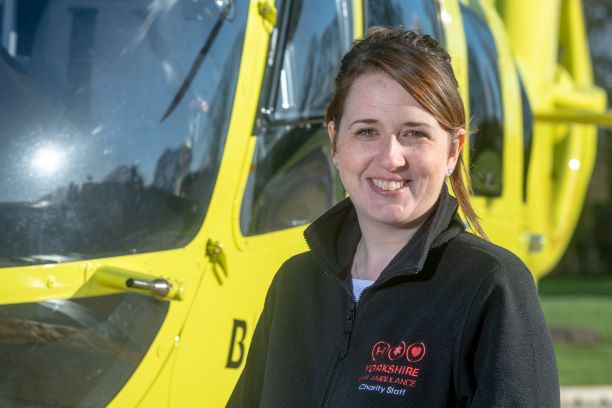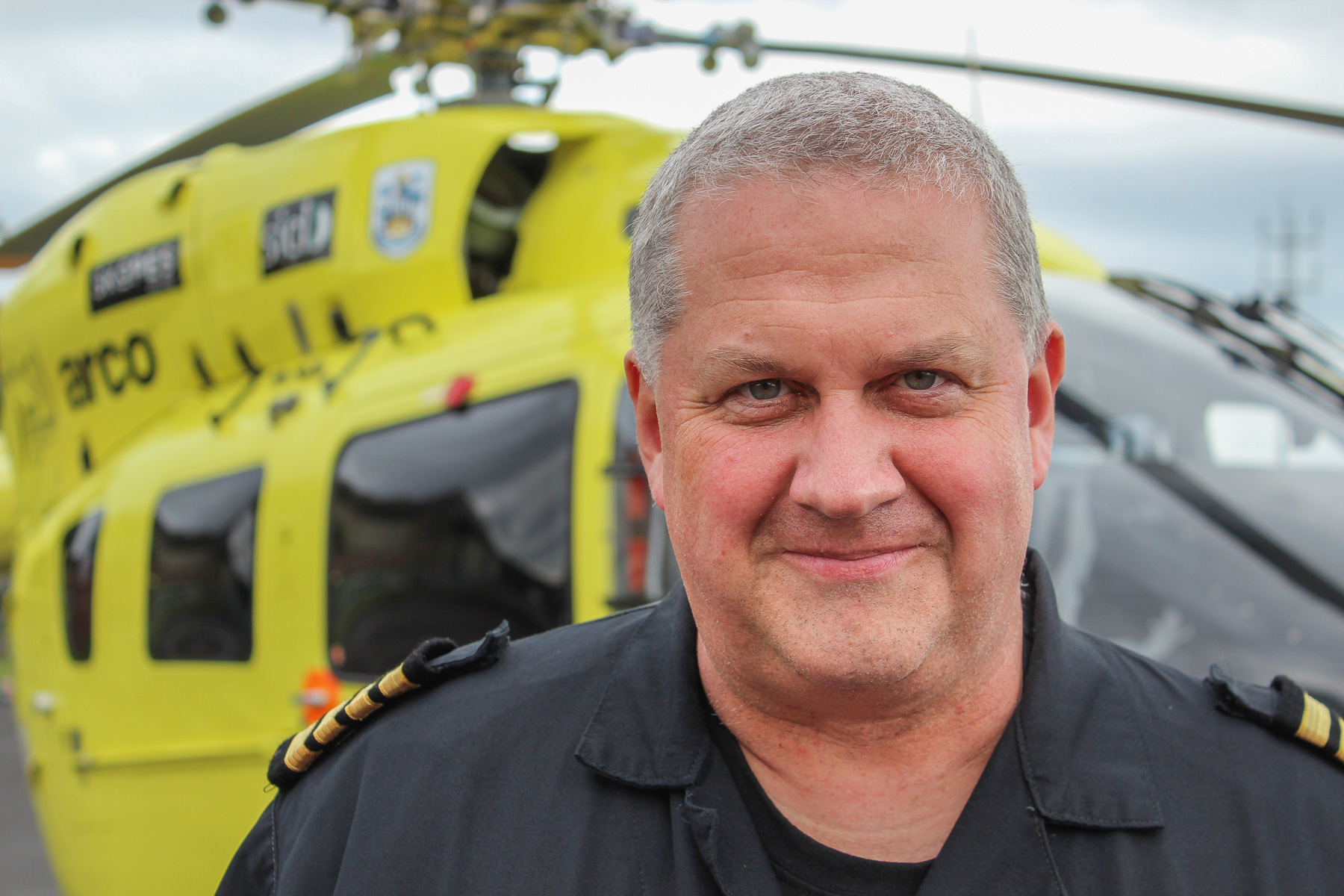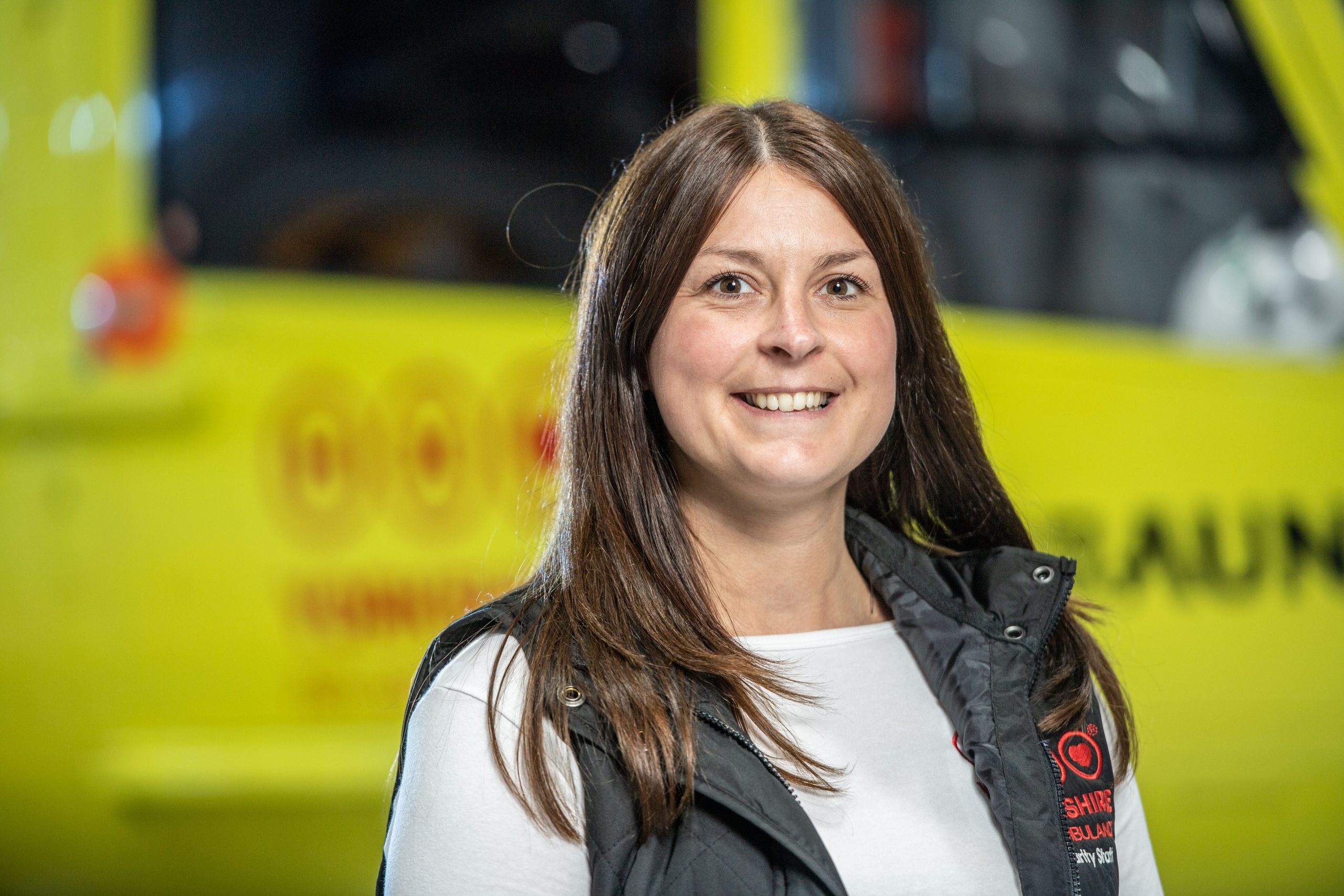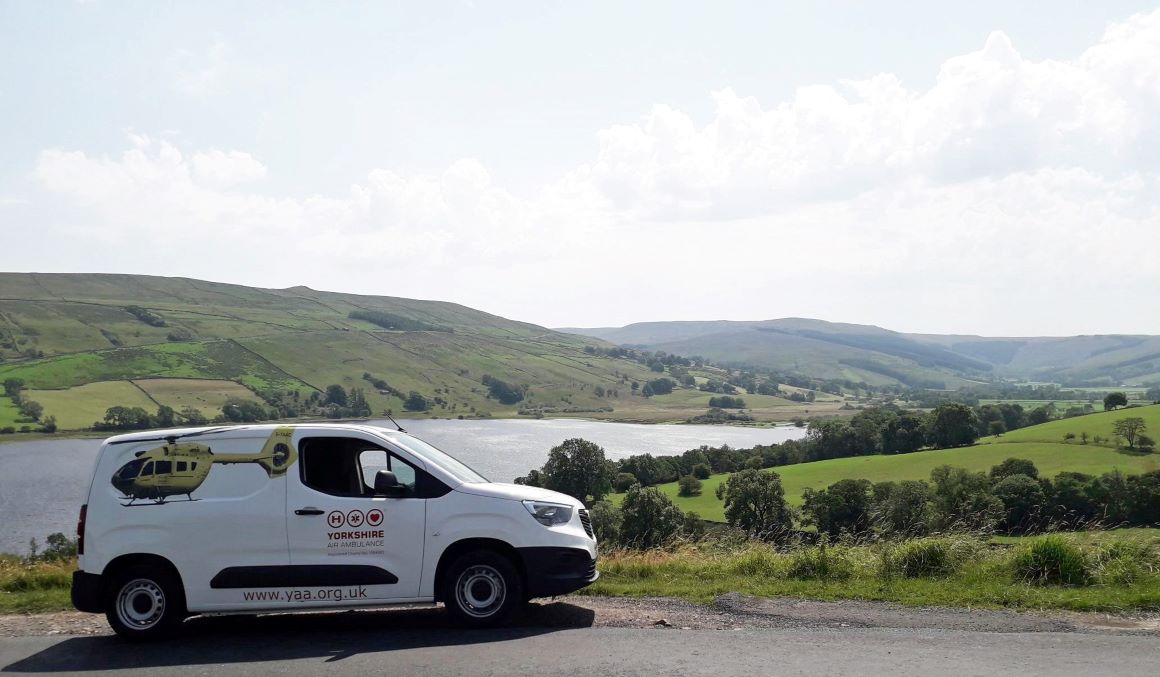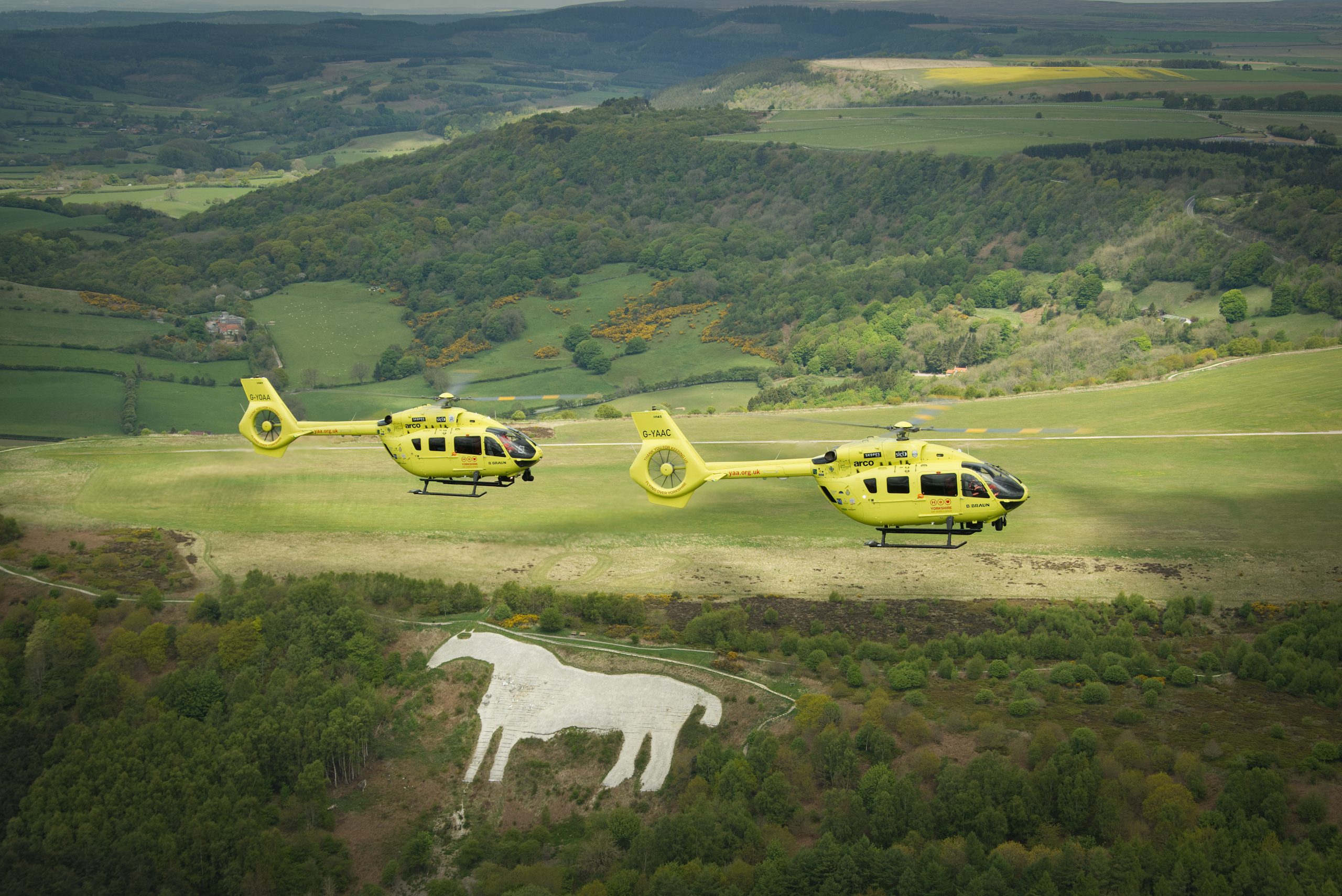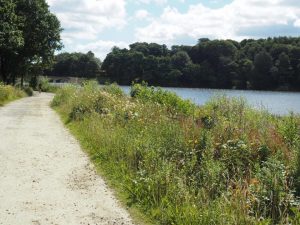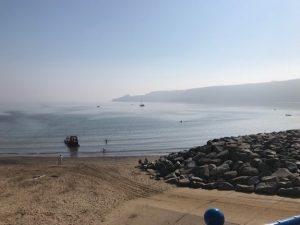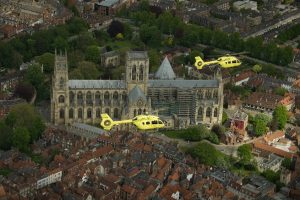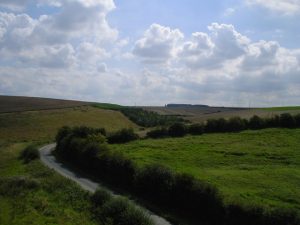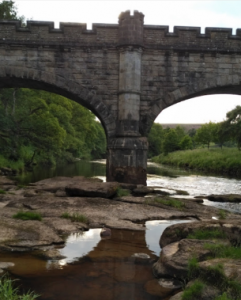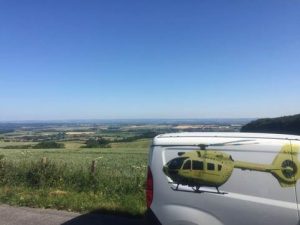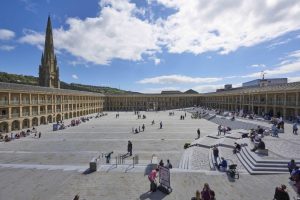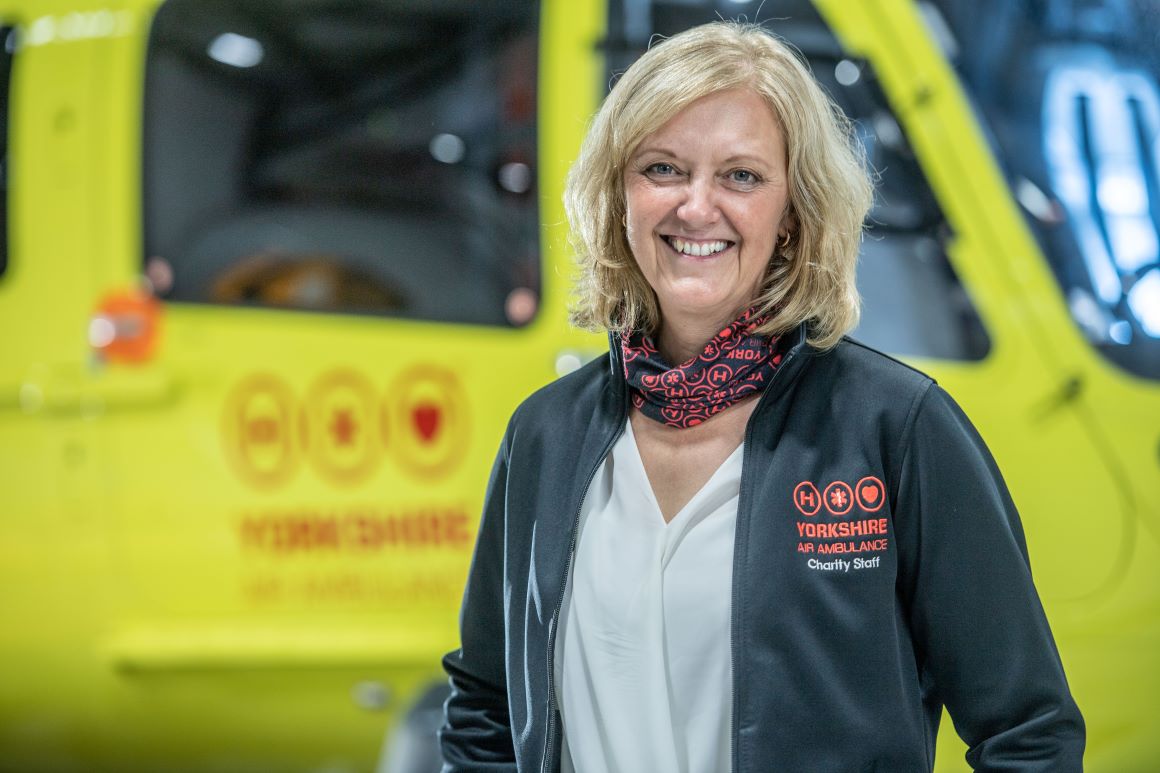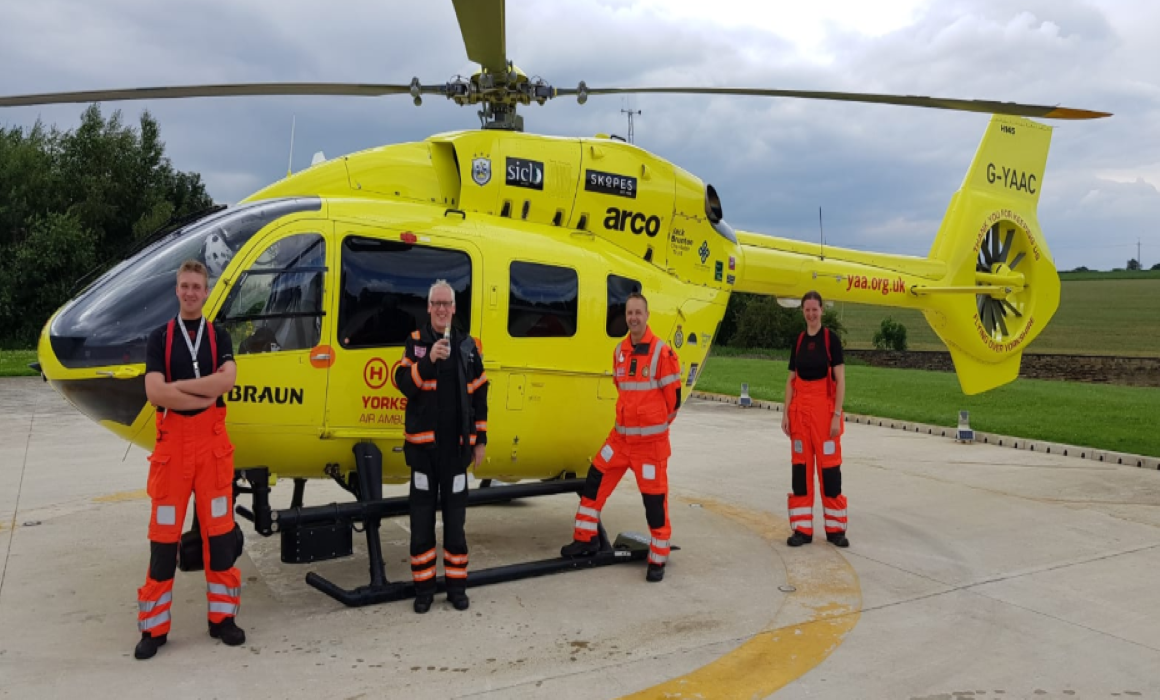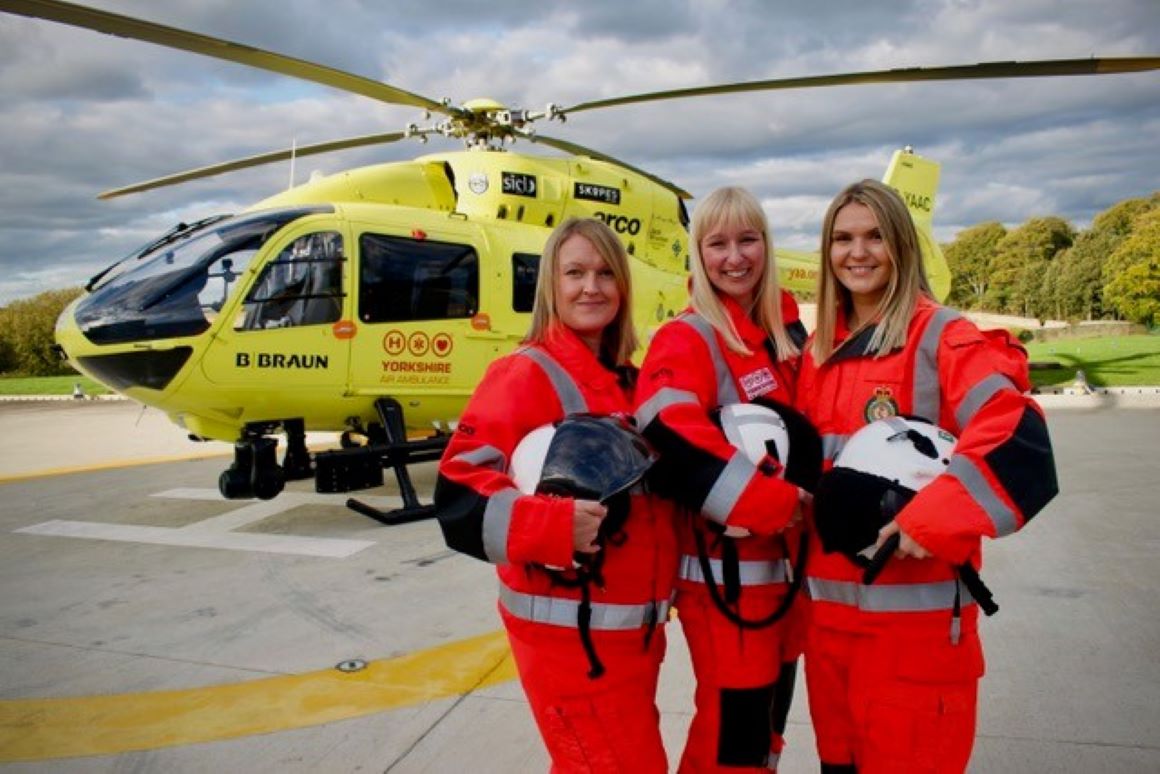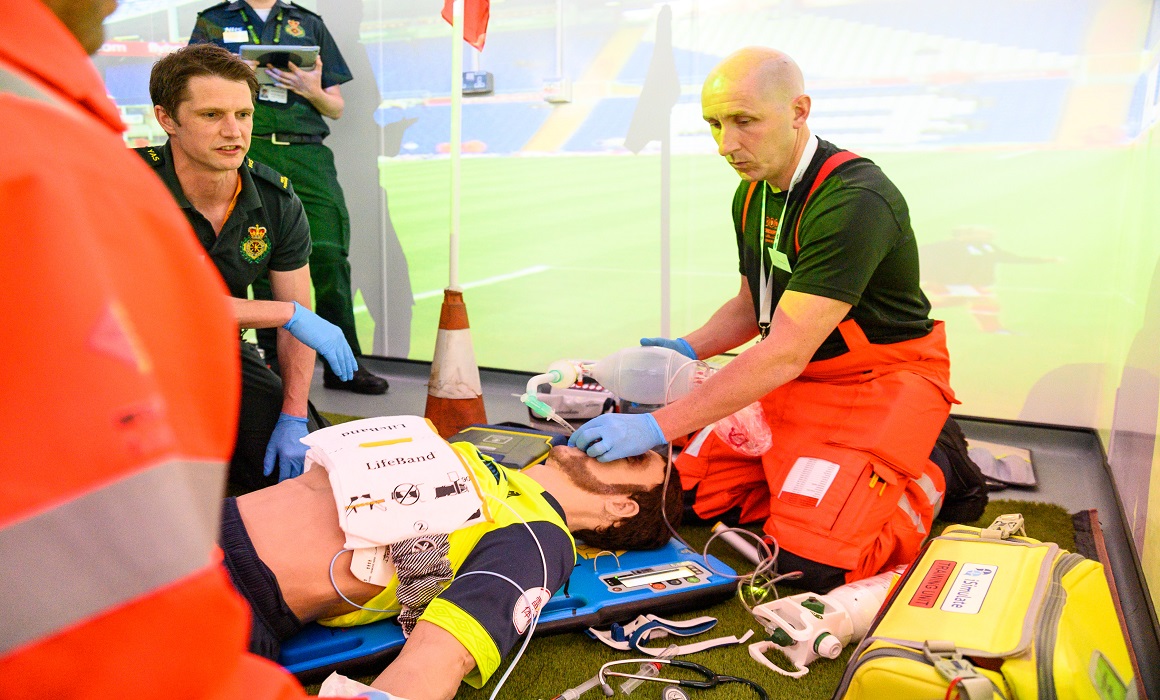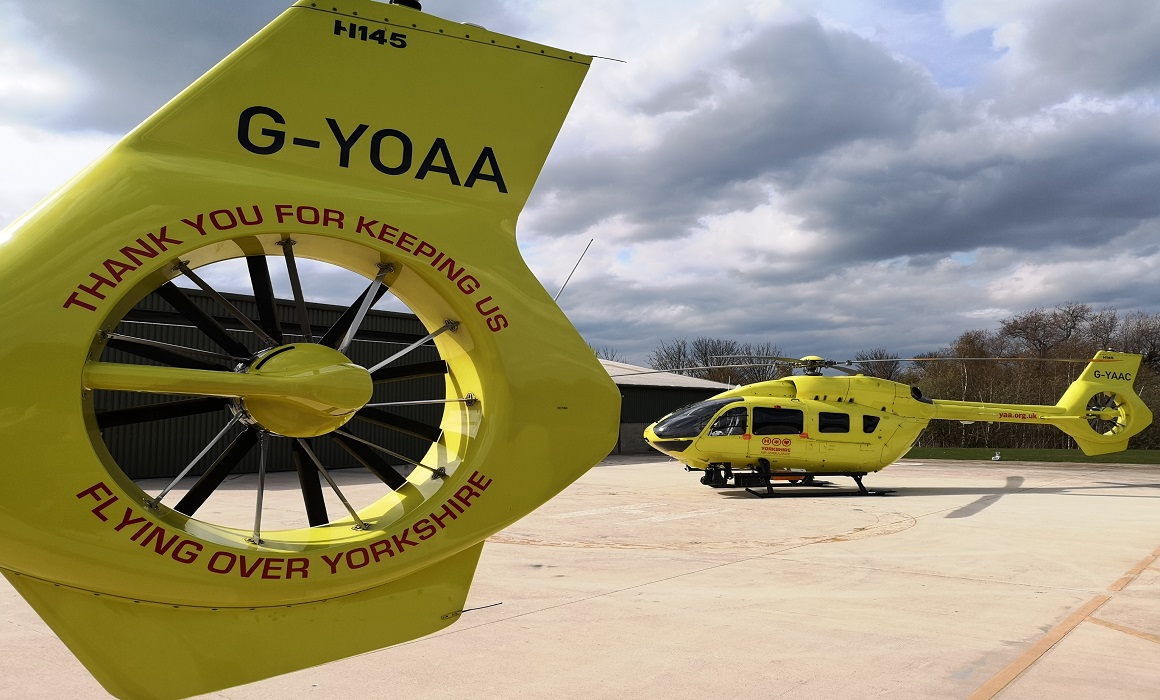At the start of lockdown, I’ll admit I was apprehensive like a lot of us were. I’d started my new job following 8 months maternity leave and was enjoying my new work/life balance. We were all now been told to work from home, schools were closed and to only venture out for the essentials. Coming from an office role, being on the computer for 8hrs a day was something I was used to but as a fundraiser this was unknown territory.
Like many of us, this meant that with a key worker husband, I was now working from home, full-time teacher to two school aged children and mum. The charity has been immensely supportive in this time. We have kept in touch through regular calls, zoom meetings and emails but nothing really beats seeing someone face to face. After all, that is truly how relationships are made.
As lockdown is slowly being lifted, being able to get back out into the community and meet the donors we have missed so much is uplifting. Don’t get me wrong, we have all used the time wisely at home, updating systems, implementing new procedures, keeping in touch with our donors and volunteers and being able to undertake online learning we would have otherwise not have had time for previously. We have also been able to look into virtual fundraising and supporting our donors in other ways through regular contact and adapting our normal way of working to still carry out our fundraising tasks.
As a charity we offer talks to community groups and schools etc and when lockdown happened, a lot of these talks were postponed or cancelled. We very quickly tried to solve this and started offering talks virtually through zoom. I have been fortunate enough to host two of these talks to our donors which was very different to presenting in front of 20+ people but great as it meant we were still spreading the work of the charity and keeping busy.
As we now move back out into the community, we have very safe practices in place, risk assessments completed and clear direction as to what we are able to do as fundraisers whilst keeping our most vulnerable volunteers safe.
It has been a long 5 months being away from the team and I am very much looking forward to getting back to the life as fundraisers we love.
